10 Best Herbal Tinctures For Restless Leg Syndrome
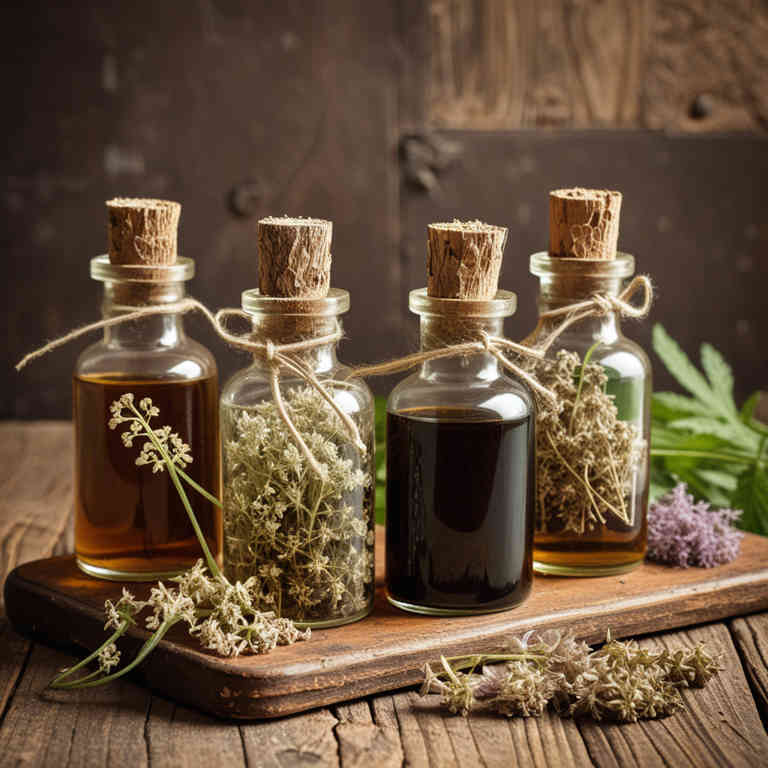
Herbal tinctures have gained attention as a complementary therapy for managing symptoms of restless leg syndrome (RLS), a neurological disorder characterized by an irresistible urge to move the legs, often accompanied by uncomfortable sensations.
Common herbs used in these tinctures include valerian root, passionflower, and magnesium, which are believed to have calming and muscle-relaxing properties. These tinctures are typically prepared by soaking herbs in alcohol or glycerin to extract their active compounds, making them easy to administer in small doses. While some individuals report relief from symptoms using herbal tinctures, it is important to consult with a healthcare provider before use, as they may interact with other medications or have side effects.
Overall, herbal tinctures offer a natural alternative for those seeking non-pharmacological options to alleviate RLS symptoms.
FREE COURSE
How to make medicinal herbal tinctures for common ailments at home and in a weekend (using the Healing Drops System).

Table of Contents
1. Valeriana officinalis
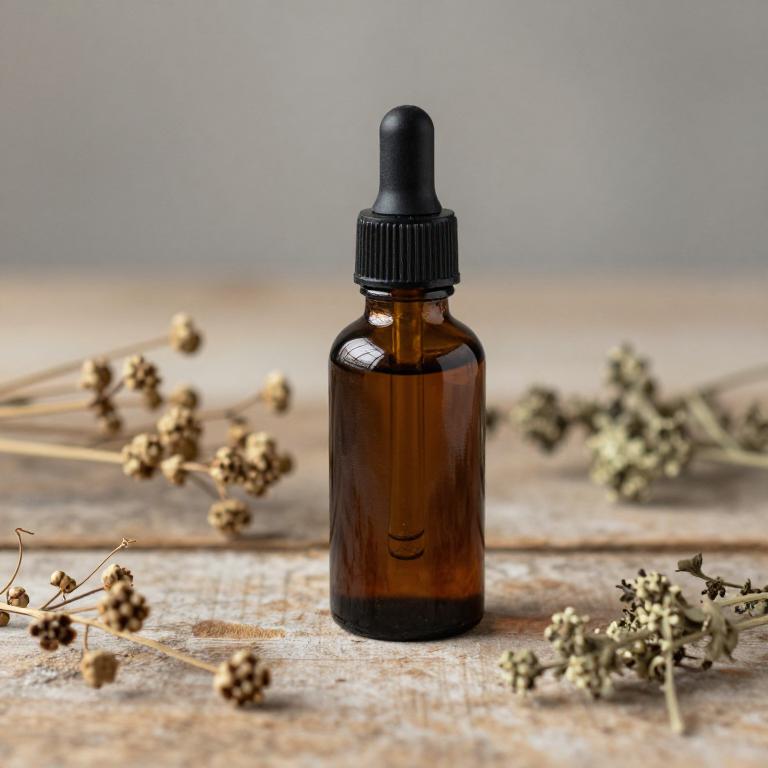
Valeriana officinalis, commonly known as valerian, is a traditional herbal remedy that has been used for centuries to address a variety of nervous system disorders.
Its tincture form, derived from the dried roots of the plant, is often utilized for its calming effects and potential to alleviate symptoms of restless leg syndrome (RLS). The active compounds in valerian root, such as valerenic acid and essential oils, may help regulate neurotransmitters like GABA, which play a role in muscle relaxation and sleep quality. Studies suggest that valerian tinctures may reduce the frequency and intensity of leg restlessness, particularly when taken regularly before bedtime.
However, it is important to consult with a healthcare provider before using valerian, as it may interact with certain medications and is not a substitute for professional medical treatment.
2. Passiflora incarnata
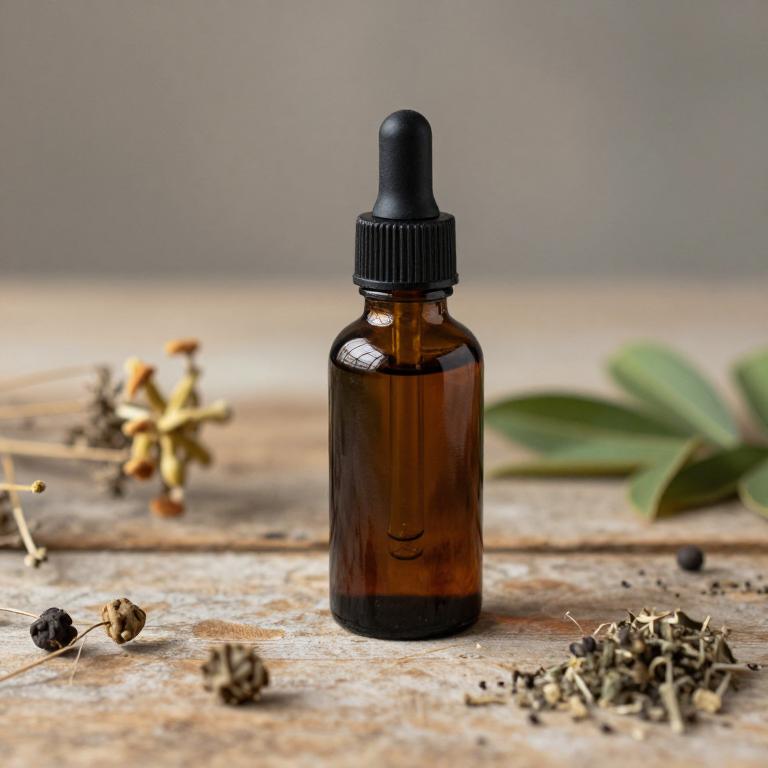
Passiflora incarnata, commonly known as passionflower, is a herbal remedy that has been traditionally used to promote relaxation and reduce anxiety, making it a potential natural treatment for restless leg syndrome (RLS).
Its tincture form, derived from the dried leaves and flowers of the plant, contains compounds like flavonoids and alkaloids that may help calm the nervous system and alleviate the uncomfortable sensations associated with RLS. Some studies suggest that passionflower may increase levels of gamma-aminobutyric acid (GABA), a neurotransmitter that plays a key role in regulating muscle activity and sleep patterns. While more research is needed to confirm its efficacy for RLS specifically, many individuals report improved sleep quality and reduced leg restlessness when using passionflower tinctures.
As with any herbal supplement, it is important to consult with a healthcare provider before starting use, especially for those taking other medications or with existing health conditions.
3. Glycyrrhiza glabra
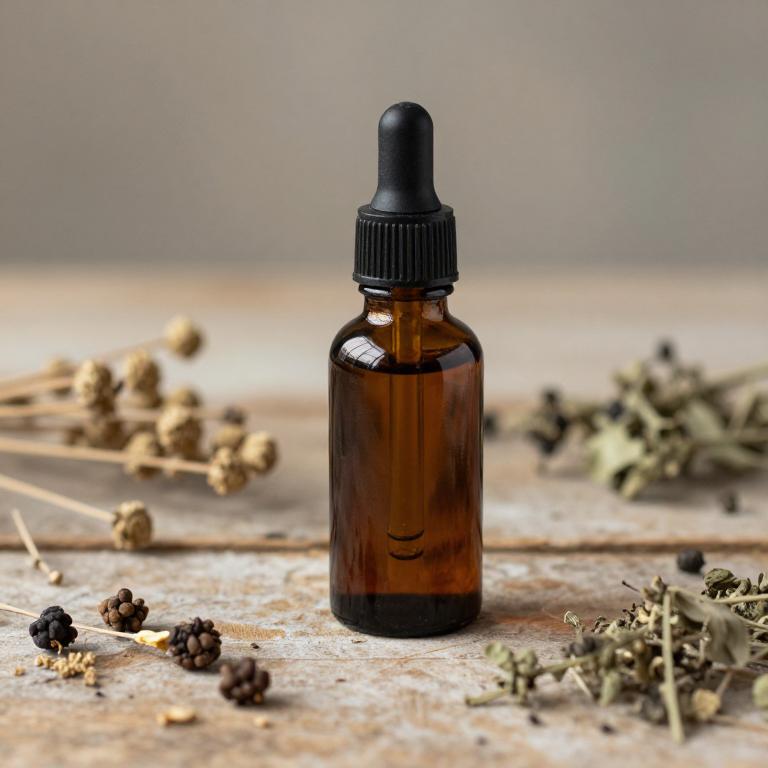
Glycyrrhiza glabra, commonly known as licorice root, has been traditionally used in herbal medicine for its potential soothing and anti-inflammatory properties.
While not a primary treatment for restless leg syndrome (RLS), some studies suggest that licorice root tinctures may help alleviate symptoms by reducing nerve irritation and promoting relaxation. The active compound, glycyrrhizin, is believed to have mild sedative effects that may aid in managing the discomfort associated with RLS. However, it is important to note that licorice root tinctures should be used cautiously, as excessive consumption can lead to side effects such as hypertension and electrolyte imbalances.
As with any herbal remedy, it is advisable to consult a healthcare provider before using licorice root tinctures for RLS, especially if you are on medication or have underlying health conditions.
4. Vitex agnus-castus

Vitex agnus-castus, commonly known as chaste tree, has been traditionally used in herbal medicine for its potential effects on hormonal balance and nervous system regulation.
While scientific evidence is limited, some studies suggest that vitex may help alleviate symptoms of restless leg syndrome (RLS) by modulating dopamine levels and reducing anxiety, both of which are often linked to RLS. Herbal tinctures made from vitex agnus-castus are typically taken in small doses, usually in the evening, to support sleep and reduce nighttime leg discomfort. Users often report improvements in sleep quality and a reduction in the urge to move their legs, though individual responses can vary.
As with any herbal remedy, it is important to consult with a healthcare provider before use, especially for those with existing medical conditions or taking other medications.
5. Strychnos nux-vomica

Strychnos nux-vomica, a traditional herbal remedy, has been explored for its potential benefits in managing symptoms of restless leg syndrome (RLS).
The tincture, derived from the seeds of the plant, contains compounds such as strychnine and brucine, which are known for their stimulant and neuroexcitatory effects. Proponents of herbal medicine suggest that these compounds may help alleviate the uncomfortable sensations and urge to move the legs associated with RLS. However, due to the toxic nature of these alkaloids, the use of Strychnos nux-vomica tinctures is highly controversial and not recommended without strict medical supervision.
While some anecdotal reports suggest possible relief, scientific evidence supporting its efficacy and safety for RLS remains limited and requires further research.
6. Mentha piperita
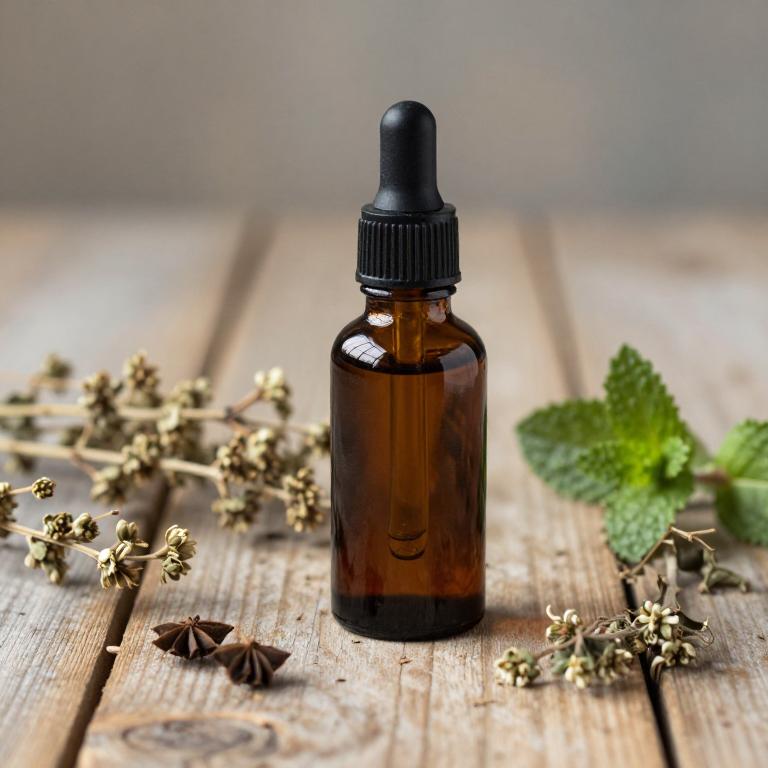
Mentha piperita, commonly known as peppermint, has been traditionally used in herbal medicine for its calming and soothing properties.
Peppermint tinctures are often recommended for individuals suffering from restless leg syndrome (RLS) due to their ability to relax muscles and improve circulation. The active compounds in peppermint, such as menthol, may help alleviate the uncomfortable sensations associated with RLS by reducing inflammation and promoting relaxation. When taken in appropriate doses, peppermint tinctures can serve as a natural alternative to conventional treatments for mild cases of RLS.
However, it is important to consult a healthcare professional before using peppermint tinctures, especially for individuals with existing health conditions or those taking other medications.
7. Piper methysticum
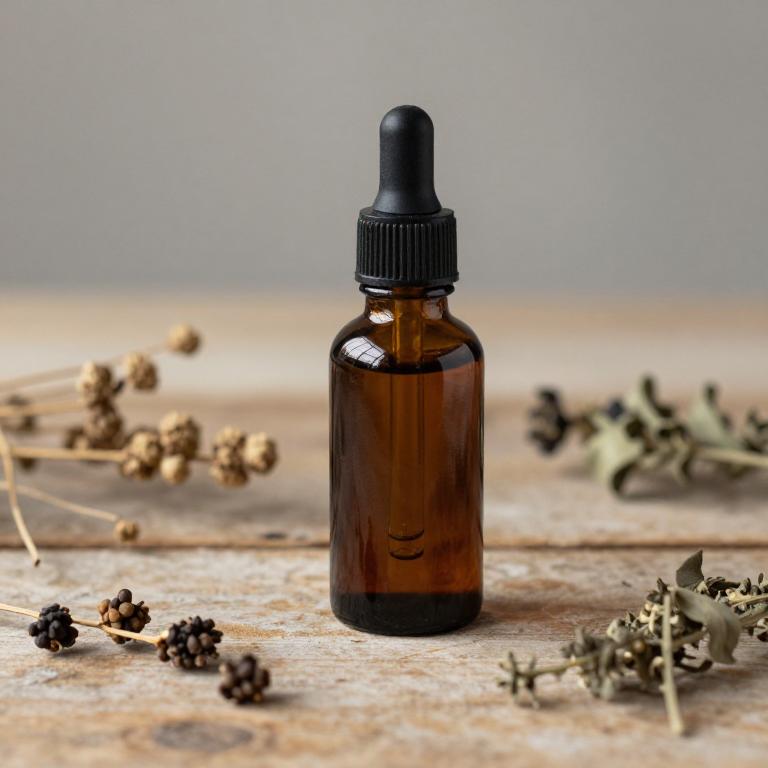
Piper methysticum, commonly known as kava, has been traditionally used in the South Pacific for its calming and sedative effects, and recent research suggests it may offer potential benefits for individuals suffering from restless leg syndrome (RLS).
Herbal tinctures made from kava roots are believed to work by reducing anxiety and promoting relaxation, which can help alleviate the uncomfortable sensations and urge to move legs associated with RLS. While there is limited clinical evidence specifically linking kava tinctures to RLS relief, some users report improved sleep quality and reduced symptoms when using these preparations. It is important to note that kava can have side effects, including drowsiness and gastrointestinal discomfort, and should be used under the guidance of a healthcare professional.
As with any herbal remedy, more rigorous studies are needed to fully understand its efficacy and safety profile for managing restless leg syndrome.
8. Echinacea purpurea
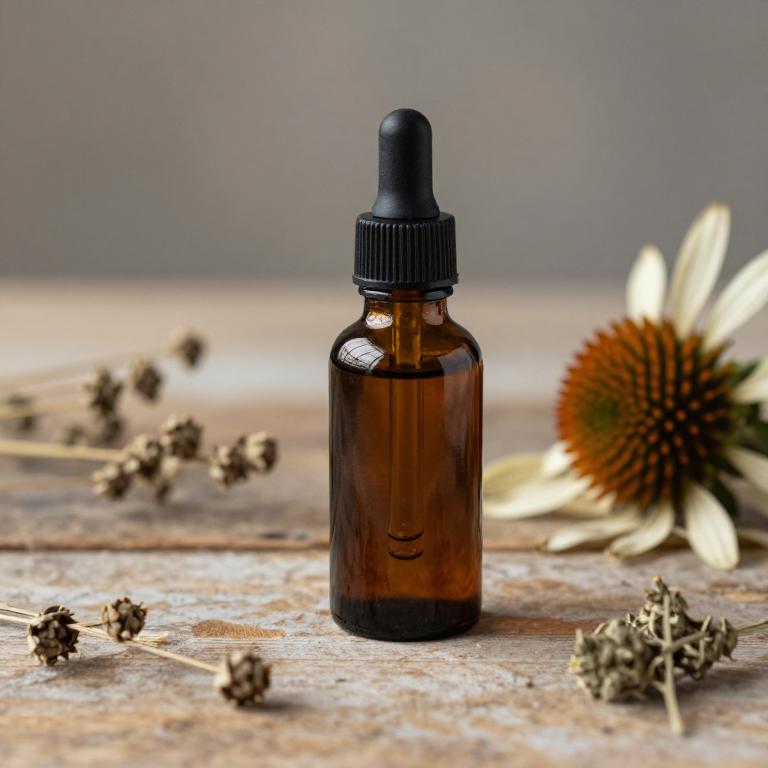
Echinacea purpurea, commonly known as purple coneflower, is a traditional herbal remedy that has been explored for its potential benefits in managing symptoms of restless leg syndrome (RLS).
While scientific evidence supporting its efficacy for RLS is limited, some studies suggest that echinacea may help reduce inflammation and enhance immune function, which could indirectly alleviate discomfort associated with the condition. Herbal tinctures made from echinacea are typically prepared by soaking the dried plant material in alcohol, allowing for easy absorption of its active compounds. However, individuals considering echinacea tinctures for RLS should consult with a healthcare provider, as it may interact with certain medications or exacerbate existing health conditions.
Despite its popularity as a natural remedy, more rigorous clinical research is needed to determine its effectiveness and safety for treating restless leg syndrome.
9. Cnicus benedictus
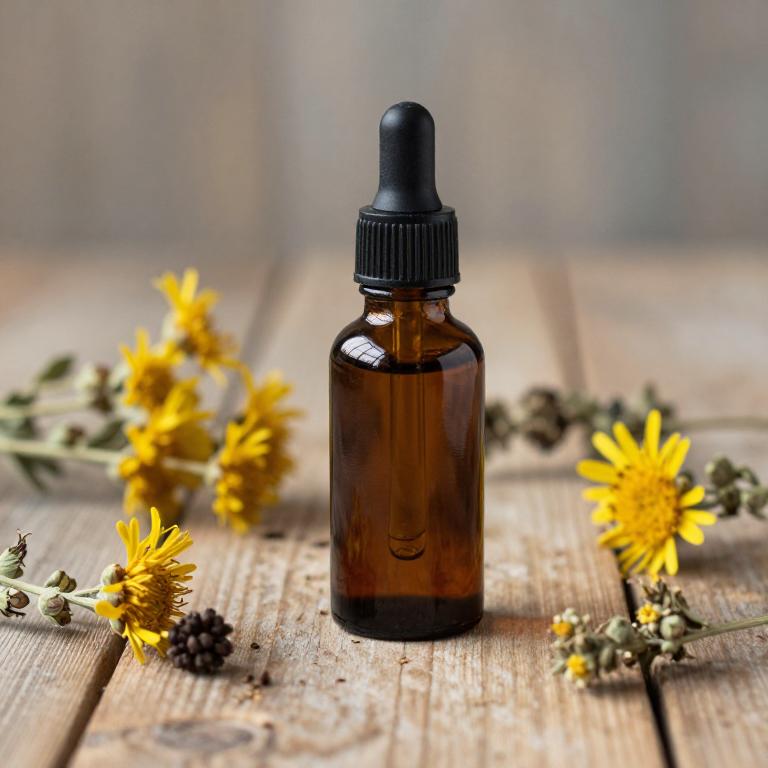
Cnicus benedictus, also known as blessed weed, has been traditionally used in herbal medicine for its calming properties, and its tincture is increasingly being explored for its potential benefits in managing restless leg syndrome (RLS).
The plant contains compounds such as flavonoids and essential oils, which may help alleviate the uncomfortable sensations and urge to move associated with RLS. While scientific research on Cnicus benedictus for RLS is limited, anecdotal evidence suggests that its sedative and muscle-relaxing effects may provide relief for some individuals. When used as a tincture, it is typically diluted in alcohol and taken orally in small doses, often at night to promote relaxation.
As with any herbal remedy, it is important to consult with a healthcare provider before use, especially if other medications are being taken, to avoid potential interactions.
10. Cannabis sativa

Cannabis sativa herbal tinctures have gained attention as a potential alternative treatment for restless leg syndrome (RLS), a neurological disorder characterized by an irresistible urge to move the legs, often accompanied by uncomfortable sensations.
These tinctures typically contain cannabidiol (CBD) and other cannabinoids that may interact with the body's endocannabinoid system to reduce pain and inflammation. Some users report that the calming effects of cannabis can help alleviate the discomfort and restlessness associated with RLS, particularly when traditional treatments are ineffective. However, research on the efficacy and safety of cannabis tinctures for RLS is still limited, and more clinical studies are needed to establish their role in managing the condition.
As with any medication, it is important to consult a healthcare professional before using cannabis tinctures, especially since they can interact with other medications and may have side effects.